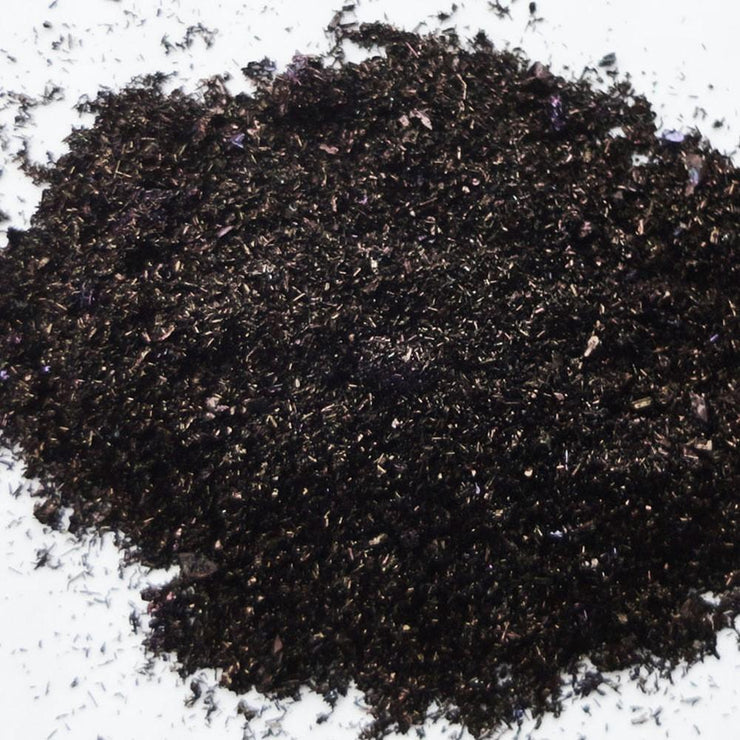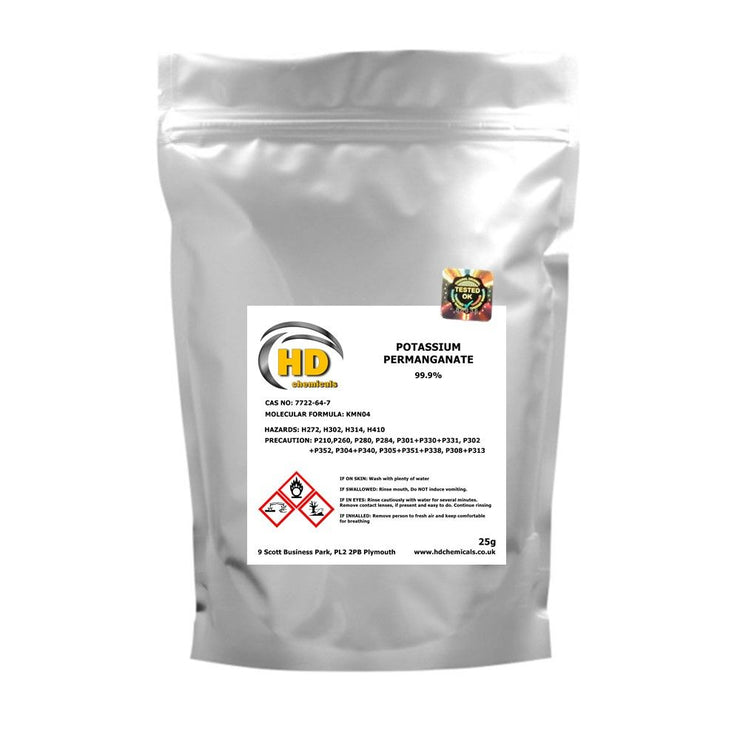Keeping a fish tank or aquarium requires careful attention to maintain the health and well-being of the aquatic life within it. One crucial aspect of aquarium maintenance is disease prevention and treatment. In this regard, potassium permanganate emerges as a valuable resource. This versatile compound offers a range of benefits when it comes to ensuring a clean and disease-free environment for your fish. In this blog post, we will explore the various uses and advantages of potassium permanganate in fish tanks and how it can help keep your aquatic friends healthy and thriving.

Before diving into its applications in fish tanks, let's first understand what potassium permanganate is. Potassium permanganate (KMnO4) is a strong oxidizing agent with disinfectant and antiseptic properties. Its purple crystalline form is widely used in a variety of industries, including water treatment, medicine, and horticulture.
Water Quality Maintenance
One of the primary uses of potassium permanganate in fish tanks is for maintaining water quality. As an oxidizing agent, it effectively eliminates organic matter, bacteria, and parasites that can harm fish. By oxidizing harmful substances, it helps to prevent and treat common waterborne diseases, such as fungal infections and parasites like Ich. Potassium permanganate also improves water clarity by removing discoloration and odors.
Disease Treatment
When it comes to fish health, early detection and prompt treatment are essential. Potassium permanganate can be used as a potent therapeutic agent in fish tanks. It is particularly effective against external parasites, such as gill flukes, fish lice, and skin flukes. Bathing affected fish in a potassium permanganate solution helps eliminate these parasites and prevent their spread. It can also aid in the treatment of certain bacterial infections and fungal diseases.
Quarantine Procedures
Quarantining new fish before introducing them to the main aquarium is a crucial step in preventing the spread of diseases. Potassium permanganate plays a vital role in this process. By subjecting new fish to potassium permanganate baths, potential pathogens and parasites can be eliminated, reducing the risk of introducing infections to the established tank population.
Algae Control
Algae growth is a common challenge for fish tank owners. While some algae are harmless, excessive growth can harm aquatic plants, clog filters, and disrupt the balance of the ecosystem. Potassium permanganate offers an effective solution for algae control. In controlled doses, it can eradicate algae colonies without causing harm to fish or plants. However, caution must be exercised to avoid overdosing, which can have adverse effects.
Precautions and Proper Usage
While potassium permanganate offers numerous benefits, it is essential to exercise caution and follow proper procedures when using it in fish tanks. Overdosing or improper application can harm fish, plants, and the overall aquarium environment. It is crucial to accurately measure the dosage, observe the recommended exposure time, and monitor the fish during and after treatment.
Potassium permanganate is an invaluable tool for fish tank owners, aiding in water quality maintenance, disease treatment, algae control, and quarantine procedures. However, it is crucial to approach its use with knowledge and care. Consulting with aquatic experts, such as veterinarians or experienced fishkeepers, is advisable to ensure the well-being of your fish and the longevity of your aquatic ecosystem. With proper usage, potassium permanganate can help create a thriving, disease-free environment for your aquatic pets.
Dosage of potassium permanganate in aquariums should be approached with caution and careful consideration. It is important to note that the appropriate dosage can vary depending on the specific needs of your aquarium, the size of the tank, and the specific condition you are treating. Always follow the instructions provided by reputable sources or consult with a knowledgeable aquatic expert, such as a veterinarian or experienced fishkeeper, before administering potassium permanganate.
Here are some general guidelines for dosage:
Water Treatment:
If you are using potassium permanganate to treat water for impurities or odors, the recommended dosage is typically around 1 to 2 milligrams per liter (mg/L) of water. Start with a lower dosage and gradually increase if necessary, while closely monitoring the water parameters and the well-being of the fish.
Disease Treatment:
When using potassium permanganate to treat diseases, such as external parasites or fungal infections, the dosage will depend on the severity of the condition and the sensitivity of the fish species involved. It is crucial to follow specific instructions provided by experts or reputable sources. Generally, a potassium permanganate bath involves preparing a solution with a concentration of around 2 to 5 mg/L. The affected fish should be bathed in this solution for a specific period, typically 15-30 minutes, depending on the recommendation.
Algae Control:
Dosage for algae control with potassium permanganate must be carefully monitored to avoid harm to fish and plants. It is recommended to start with a very low concentration, around 0.1 to 0.5 mg/L, and gradually increase if necessary. It is important to closely observe the reaction of the algae and the overall health of the aquarium inhabitants. Overdosing can be detrimental, so it is crucial to proceed with caution and monitor the effects.
Remember, these dosage guidelines are general recommendations, and it is essential to consider the specific needs of your aquarium and the characteristics of the fish and plants present. Additionally, it is recommended to conduct thorough research and consult with experts to ensure the safe and effective use of potassium permanganate in your aquarium. If you looking to buy Potassium Permanganate in UK HD Chemicals Chemical Supplier is the one.

